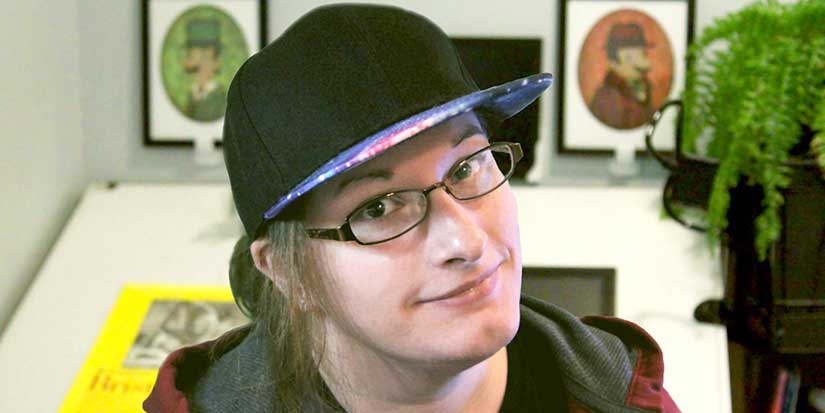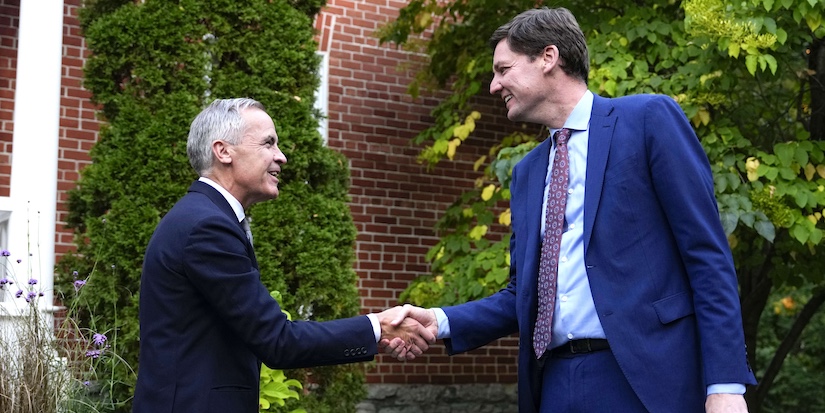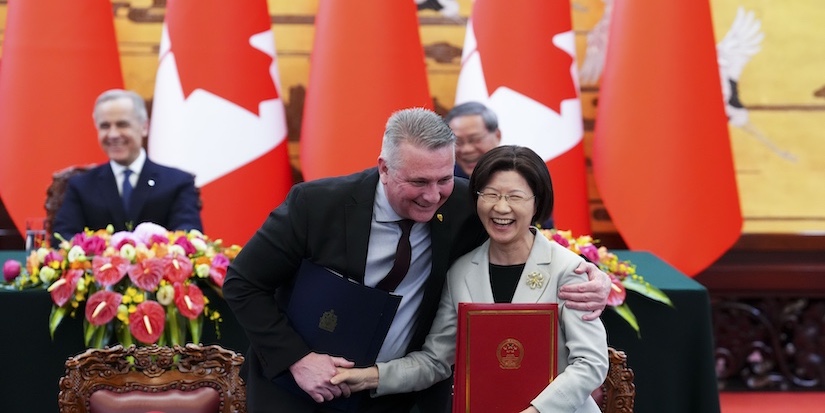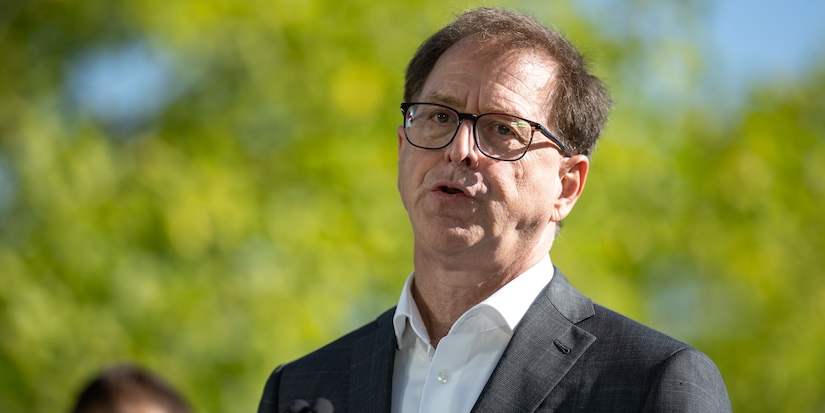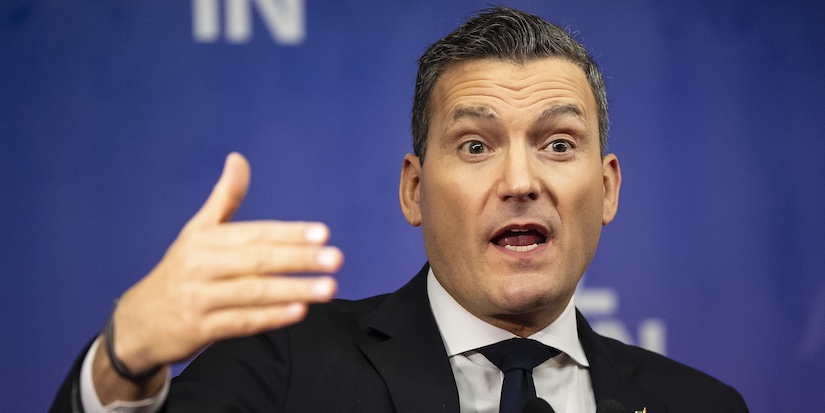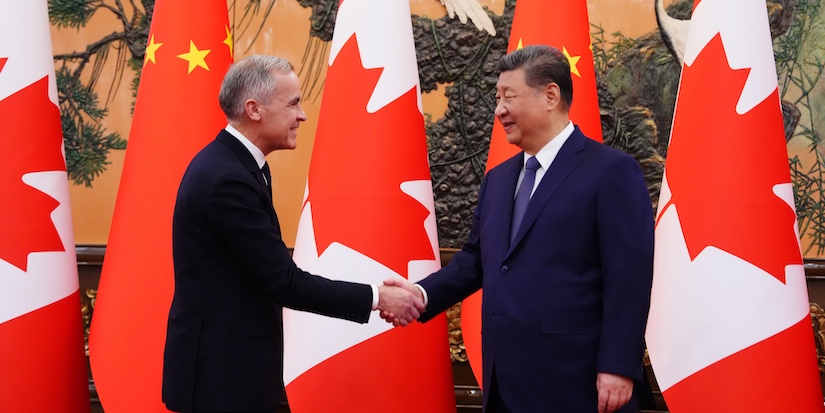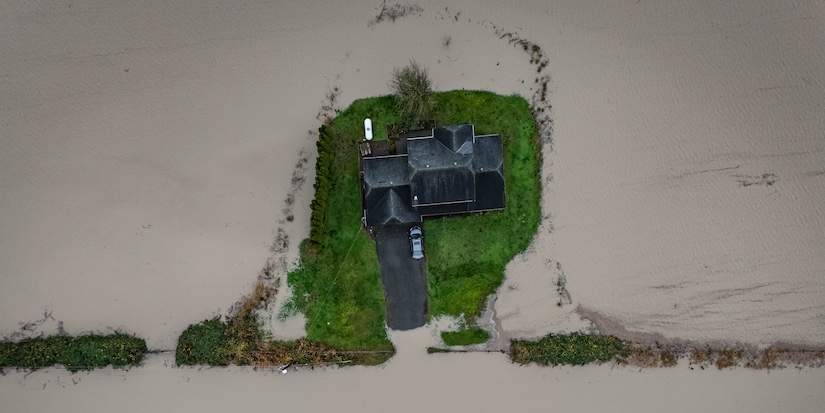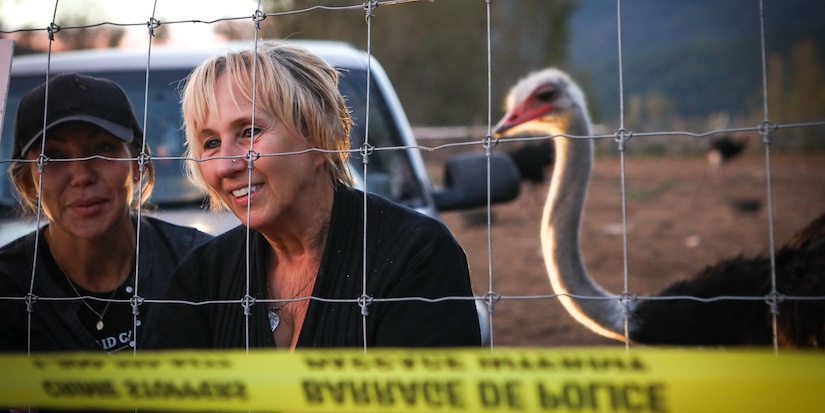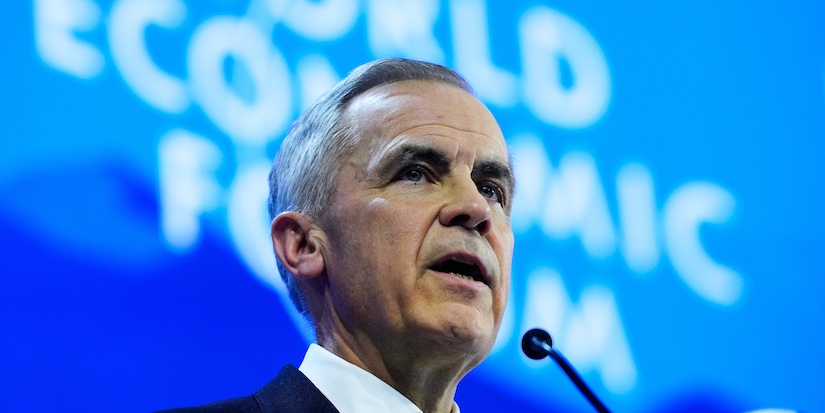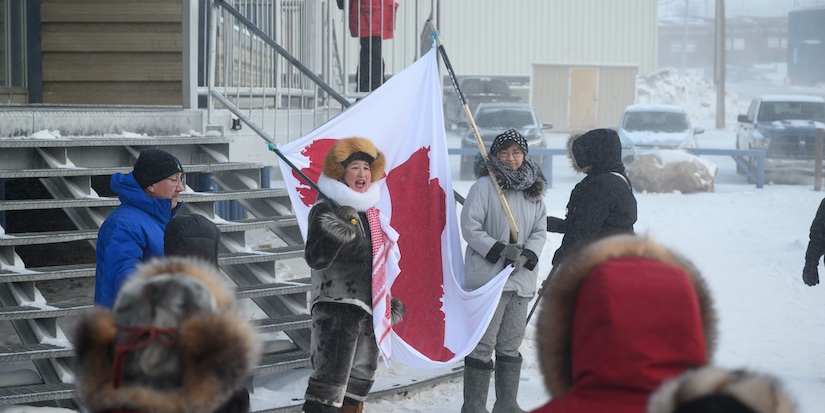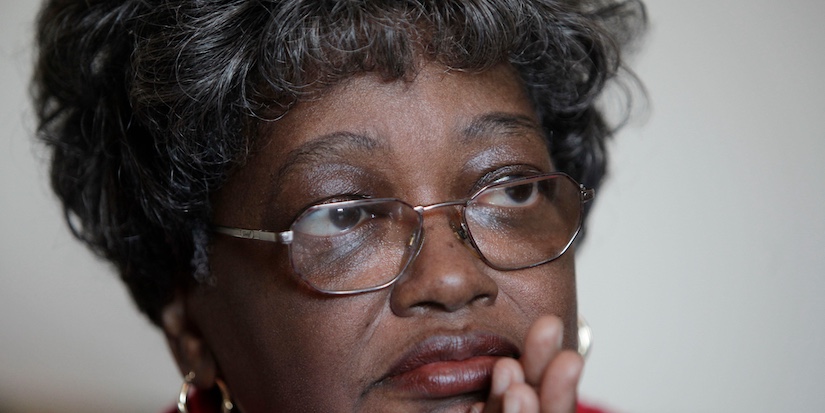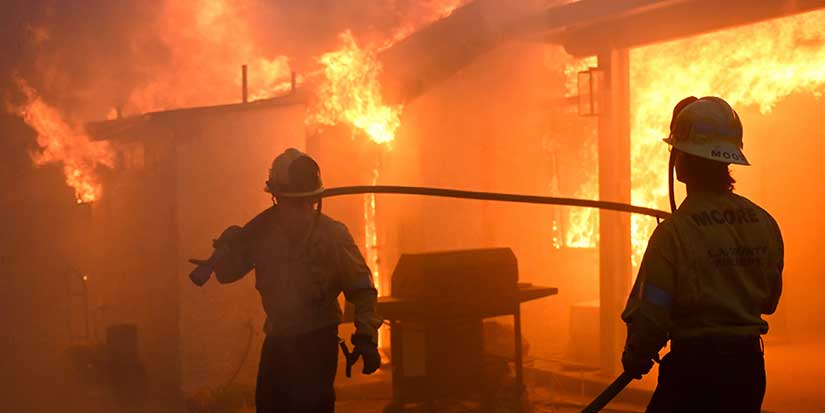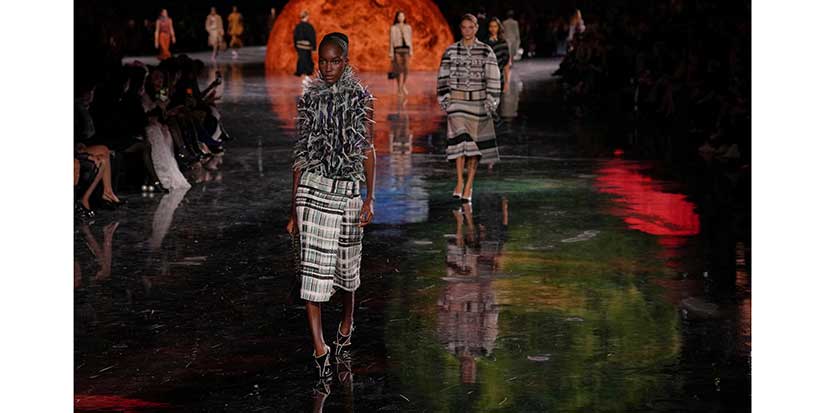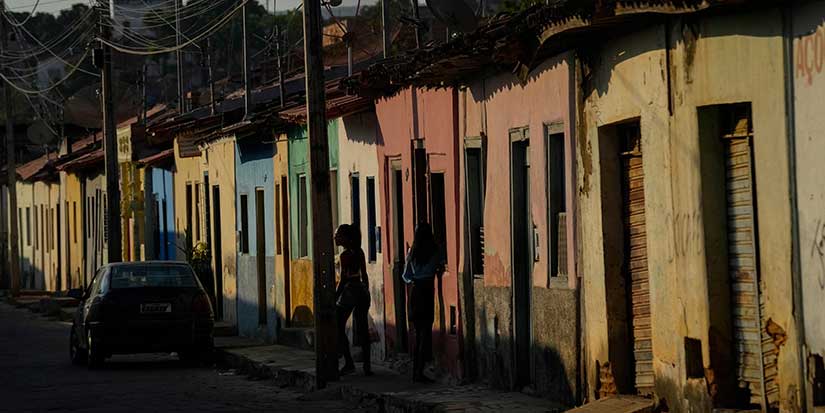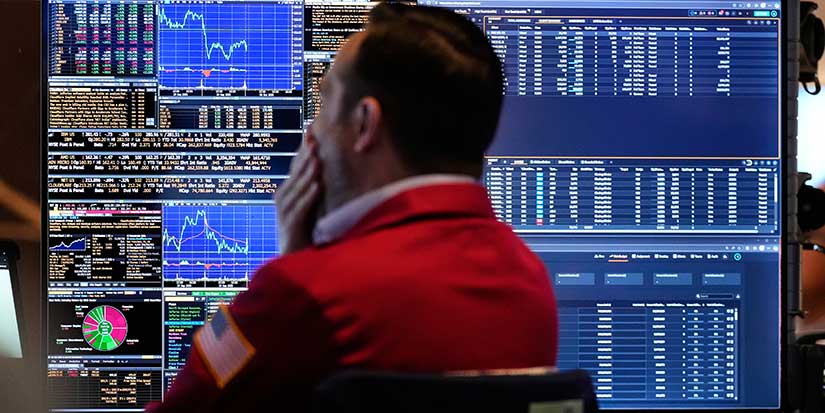Arts & Culture
Caricature artist creates unique renderings

By Hannah Scott, Local Journalism Initiative reporter
Published 12:03 PST, Tue January 19, 2021
Last Updated: 2:13 PDT, Wed May 12, 2021
—
Katie Green has been interested in art since she could hold a pencil.
Originally from Maryland, she describes herself as having lived “kind of all over the place.” For the last seven years she’s called Richmond home, and is perhaps best known as a caricature artist who goes by the name “Cartoon Katie.”
Green’s parents were very supportive of her desire to have a career as an artist.
“They were always getting me the little ‘how to draw Mickey Mouse’ books,” she says.
As an art student, she studied visual effects and animation, but was doing caricature art on the side. The style appeals to her partially because of its similarities to animation.
“I really like being a little sillier with the drawing,” she says. “I can take a picture of stuff, or I can spend a lot of time rendering perfect details. Mimicking life is impressive, but for me it’s not as fun, not as creative—I want (my art) to express something a little different than what you can normally see.”
After graduating with a bachelor of fine arts degree, Green worked at a Los Angeles studio as a visual effects artist. And when that studio opened a branch in Vancouver, she was moved up north, still taking caricature gigs occasionally on the side. Eventually she decided to leave the film industry and pursue caricature art full-time.
First looking up what kind of city permits she would need to be a caricature artist, Green says the City of Richmond suggested she contact the Harbour Authority. When she did, she was given a patch of grass outside the Gulf of Georgia Cannery to sell art from.
“I do a bunch of markets and things, and what I primarily do are events—like Songs in the Snow, or people’s birthday parties, or charity things,” says Green. “(At events) I’ll go and perform, and rather than have people pay to get each drawing like at a market, I’m just drawing as many of the guests as I can in a set amount of time, like an entertainer.”
Now an independent business owner, Green covers events from birthday parties to dry grads to business holiday parties. Sometimes she works with other artists at larger events, and she also teaches some classes at local community centres. Many of her gigs come through networking, where someone sees her at an event or market and asks her to work their event or activity as well.
“At any kind of celebration party, caricature can fit right in because it’s a customized souvenir,” she says.
Green has a process with each drawing: she begins by imagining a person’s head shape, trying to decide how much space it will take up. But usually, while the face shape is the first thing she thinks of, it’s the last part she draws.
“People always say I start with the nose, but in my brain I’m starting with a lot of other shapes and things first,” she says. “The nose is in the middle, so if I get it down first I don’t have to draw on top of something to get it the right shape.”
Sometimes when she sees people in public, Green imagines how she would draw them.
“It’s a thought process that I can’t turn off,” she says.
For instance, she might see someone on a bus with an interesting face, or have a conversation with someone who makes a noticeable facial expression. But because she knows she can’t whip out a sketchbook and start drawing without permission, she tries to remember shapes to recreate later.
“Inspiration strikes when I see certain faces or certain features, (even) when I’m not drawing,” says Green.
Her own personal style has changed over time, depending on what she’s interested in and what she feels like making. The COVID-19 pandemic has totally changed her style, for instance, as well as the way she’s been drawing.
“I don’t really feel like I have one specific style, I’m just always trying to be funny, I want it to look good, and I want people to like it,” she says.
Because of the humorous nature of caricature, Green says sometimes people don’t respond positively.
She describes her art as an illustration rather than a recreation of a photograph, and always tries to have samples available so people know what to expect.
“Even though I’m doing art every day, every day seems to be different, I have different challenges to problem-solve, I’m coming up with a new way to deal with something,” she says.
One of the challenges this year was the pandemic, of course, which created a distinct lack of work opportunities for many artists.
“Everyone was out of work—we had our livelihoods cancelled for some unknown amount of time,” says Green.
Some artists created virtual set-ups, including Green. She began with free virtual caricature parties, then began networking with other artists on big virtual events.
“There’s been a lot of trying to keep the art community lifted up, while also trying to figure out how to keep my business going.”
Virtual events have become more successful and consistent, although not without some technical challenges. Green says as well as doing art, she also provides some technical support to people who may not necessarily know how to turn on their camera, for example. After the events, she emails out drawings so people can access them.
During online drawing events, Green uses a tablet and stylus to create her art. She usually shares her screen so people can see what she’s drawing as it’s being created, while also seeing her face as she draws. Normally, she balances drawing on paper and drawing digitally, as she recognizes the complementary skill sets.
But despite the challenges, Green is still optimistic. She says inspiration comes from everywhere, especially laughter and “anything fun.”
“I don’t feel that it’s making fun of somebody. I know people get that mentality with caricature, with the editorial side of it where you’re usually making fun of politicians, but from a retail and event standpoint it’s more a celebration of what makes people unique rather than making fun of them,” she says. “When I see a unique face, it’s definitely fun—but it’s fun in a positive way, not in a negative way.”
Over the years she’s worked on some interesting projects, including children’s storybooks, logos for businesses, and orders for board game or card game art design. But one project that stood out to her was an ongoing collaboration with a Danish man who wanted to create a book of idioms.
“They were all in Danish, so he was using Google Translate to help communicate with me,” says Green. “But I had to be illustrating the imagery that would be associated with it, not the meaning.”
The language barrier created some communication challenges, but also yielded some fun drawings.
“That project was super fun, the guy was really nice and I work with him all the time—but it was one of those cases where every day was a different joke we were coming up with because it made no sense to the project,” she says.
When she’s not drawing, Green likes to play video games to hang out virtually with friends, or watch movies with her husband. As a freelance artist, she appreciates being able to work on whatever she’s interested in. Recently, she’s been making a lot of tutorials to help other artists.
“The cool part about being freelance and working independently is that I don’t have to dream about a project—I get to work on it when I want to, as long as I don’t have too much other work at the same time.”
